Hey guys,
I'm doing some research about diamonds and I have some things that still unclear to me.
I hope that this is the place to get the right answers
So, for now I have 2 questions open:
1. I'm not sure I fully understand the Crown Height % calculation, I mean I understood the formula: Crown height % = (avg crown height ÷ avg diameter) x 100 but my question is what are the reasonable range for Crown Height %
2. Same thing about the Pavilion depth. I think it's between 42% ~ 50%, am I right?
Thanks in advance,
Mor
I'm doing some research about diamonds and I have some things that still unclear to me.
I hope that this is the place to get the right answers
So, for now I have 2 questions open:
1. I'm not sure I fully understand the Crown Height % calculation, I mean I understood the formula: Crown height % = (avg crown height ÷ avg diameter) x 100 but my question is what are the reasonable range for Crown Height %
2. Same thing about the Pavilion depth. I think it's between 42% ~ 50%, am I right?
Thanks in advance,
Mor

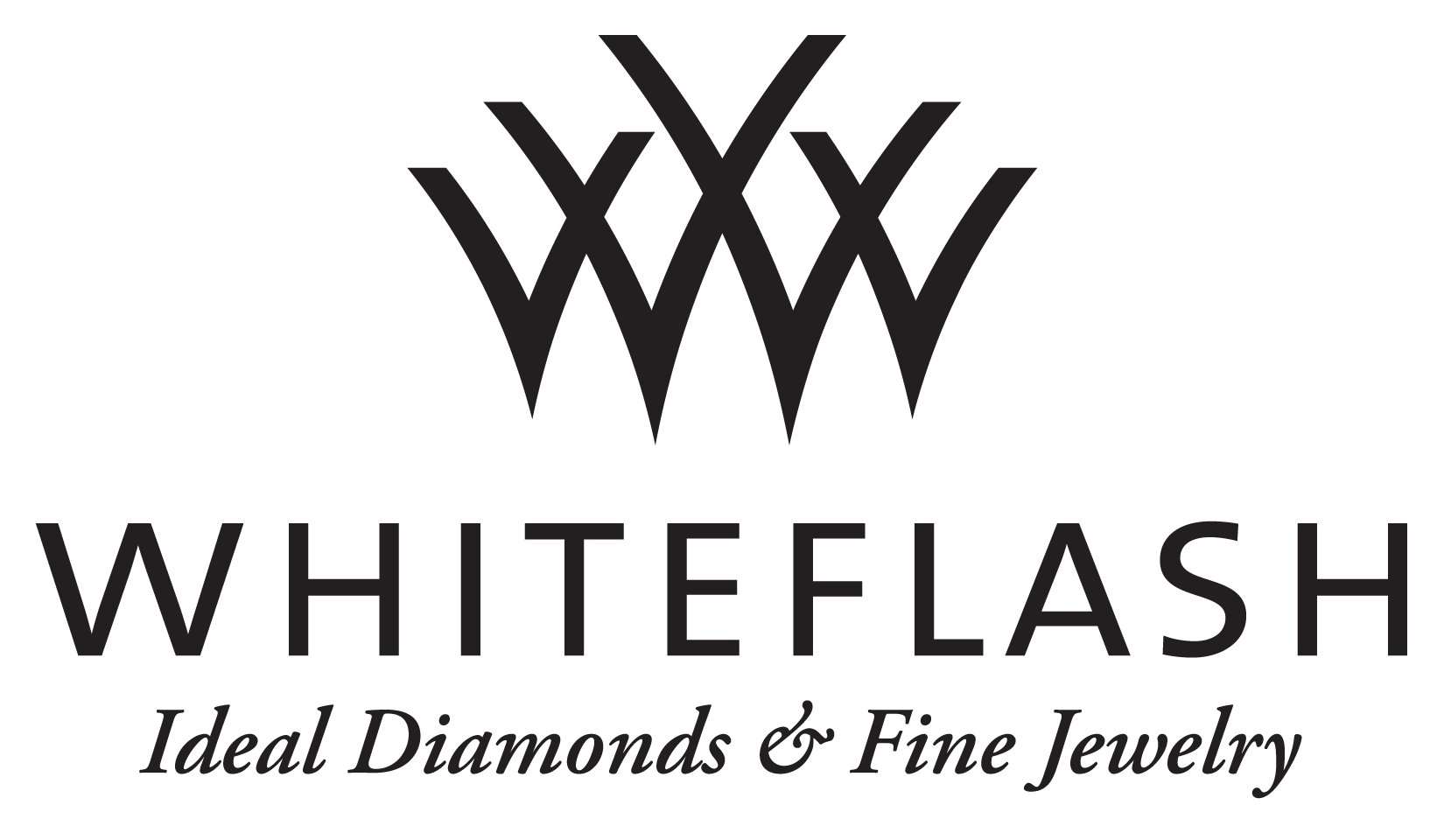
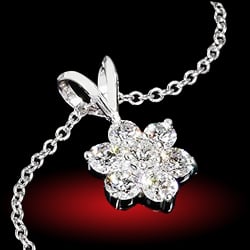
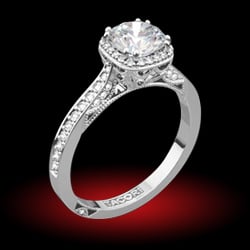
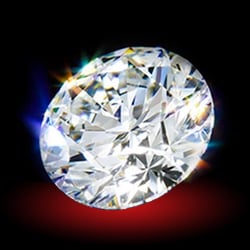


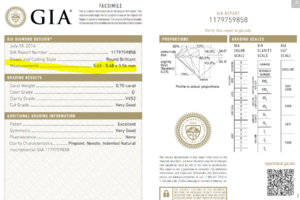
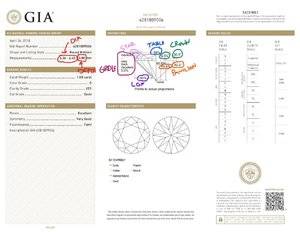


300x240.png)